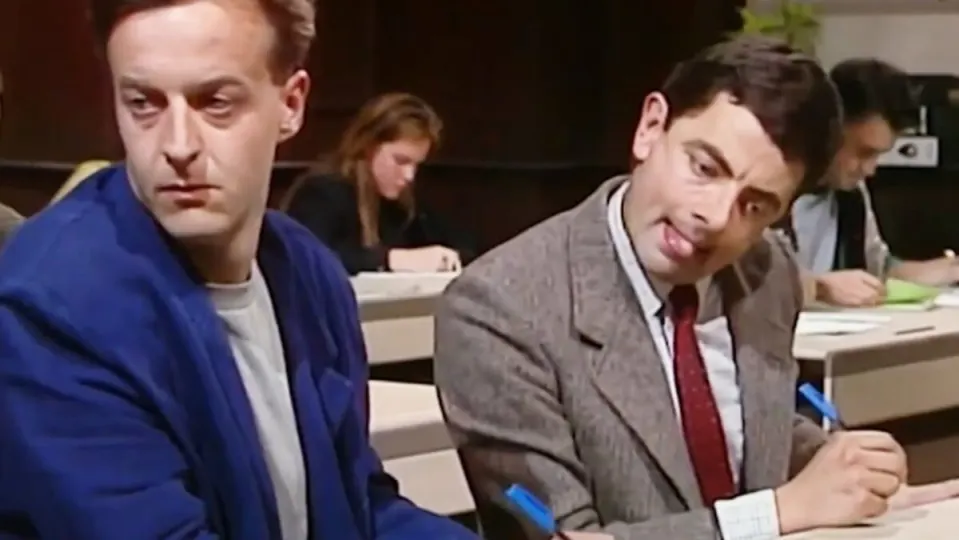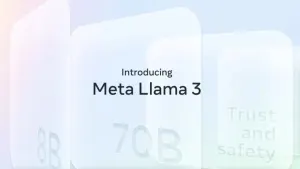Perhaps some of you, probably with gray beards, may remember ‘El tiempo es oro’, a game show that lasted from 1987 to 1992 and based its entire dynamic on something we can now do with the speed of a gazelle: searching for information in an encyclopedia. In the 90s, it was rare to find a home without a colorful collection containing all the knowledge of humanity, allowing kids to do their homework without having to go to the library.
There were even encyclopedias that, as a great novelty, sent out installments that updated the information year after year. Working on a school assignment was much more arduous back then, certainly more so than asking ChatGPT, making a few changes, and submitting it. But the journey from paper to AI perfectly reflects the technological changes we have embraced in a very short period of time. Shall we take a look?
Pleased to meet you
For years, encyclopedias began making the transition to the digital format by offering a CD-ROM alongside their hefty volumes for the few families who, before 1995, had a computer at home. It was the same text, but computerized and without much novelty: the epitome of not fully grasping the advantages of the medium you’re trying to enter. And that’s why Encarta (whose original name, by the way, was “Gandalf”) gained such overnight popularity. That, and because copy-pasting was, frankly, incredibly easy.
In 1993, Encarta was released for $395 (a price that fortunately dropped later on) and became the best ally for students. The first edition and its subsequent versions over the years, which improved with videos, photographs, even 3D tours and maps of all kinds, continued to grow until the decline began in 2005, eventually leading to the lack of updates and its discontinuation in 2009. If you didn’t spend hours browsing through random topics on Encarta, did you really experience Encarta?

By then, we already had Wikipedia (2001, in fact, its first article was the biography of philosopher William Alston) and El Rincón del Vago (1998), two of the most visited websites by students in the early 2000s. The first one is known to everyone. The second one offered pre-written papers for everyone to snatch without any problem. If the teacher was not very sharp, a good grade was guaranteed. If they knew what they were doing, chaos ensued. The website was created in Salamanca and eventually evolved from its amateur origins to become something much more institutional after being acquired by Orange.
Where once there was punk and affection, now only remnants remain: much more categorized, much prettier, much less real. It’s no wonder that after years in which students have had to rely on Wikipedia, they finally have the perfect option to copy papers without getting caught: AI can be many things, but from a student’s perspective, it’s just the flame that rose from the ashes of Encarta.

Indeed, while Encarta had 50,000 articles and Wikipedia has around 58 million, artificial intelligence is believed to be capable of providing as many original answers as desired. Now, the only thing left is to find out what the next step will be and, above all, how teachers will outsmart cheap plagiarism. It seems that everything has already been invented.


